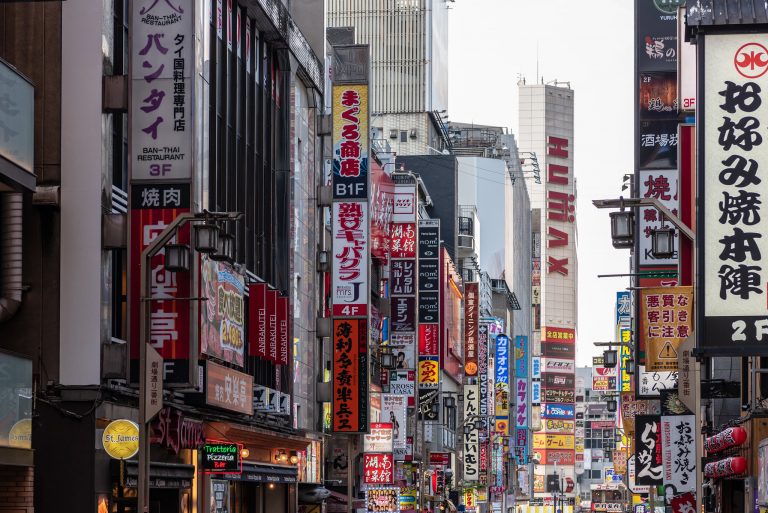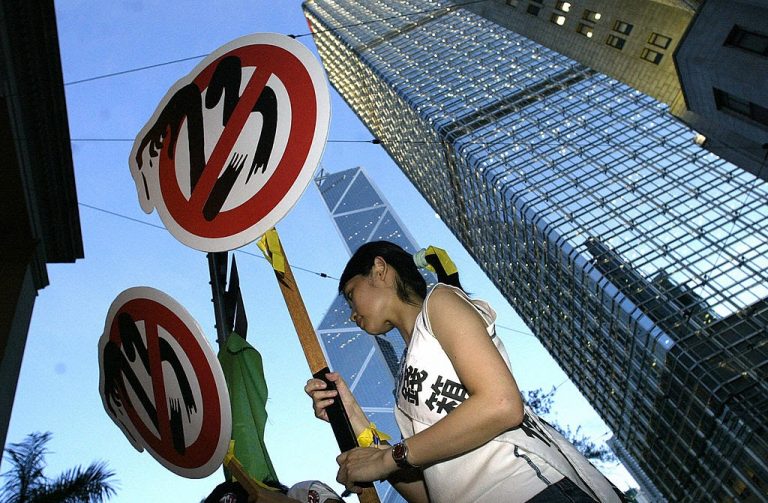Employers and government agencies around Japan are making adjustments following the promulgation of legal revisions to the country’s immigration policy.
On April 1, the Basic Plan for Immigration Control was updated to address longstanding issues with Japan’s current “technical training program” and formally accept skilled immigrants for limited periods in blue-collar and technical jobs.
Japan, which has been experiencing negative population growth due to falling birthrates, suffers from a labor shortage of around 1.2 million.
According to the Nikkei Asian Review, a Japanese economic magazine, the new plan was discussed last December and calls for “improving Japanese language education, as well as adding support for the existing technical trainee program, which faces declining enrollment due to claims of overwork, unpaid wages, and abuse.”
Japan has been angling to attract skilled guest workers from other Asian countries. The revised law expands and rationalizes the visa scheme for those who demonstrate useful skills and knowledge of the Japanese language, Nikkei reported.
Success
You are now signed up for our newsletter
Success
Check your email to complete sign up
Testing centers are to be opened in nine Asian states, including China, Vietnam, Thailand, the Philippines, Myanmar, Malaysia, Nepal, Cambodia, and Mongolia.
The law now includes new visa types for “specified skills” in “particularly short-handed sectors,” such as shipbuilding and construction. Workers under the Type 1 visa status may stay in Japan for up to five years, while those granted Type 2 specified skills visas may renew their status and bring their spouses and children to Japan.

Japan, which has been experiencing negative population growth due to falling birthrates, suffers from a labor shortage of around 1.2 million. (Image: YouTube / Screenshot)
Under the new plan, which is expected to stay in effect for two years before further revisions are made, Japanese immigration authorities will grant specified skills visas of both types to around 340,000 immigrant workers in the next five years.
Between 2013 and 2017, Japan accepted 480,000 “trainees,” tens of thousands of whom suffered from various forms of abuse, such as unfair wages or poor work conditions. In clarifying immigrant workers’ legal status, the revised immigration law aims to correct some of these problems. It introduces labor rights, including paid leave and rights for women workers. Previously, some women “trainees” who became pregnant were dismissed in violation of normal Japanese laws that guarantee equal-opportunity employment.
According to the Japanese government statistics, immigration has been on the rise for six years as of Oct. 1 last year, with almost 30 percent of arrivals heading to the manufacturing sector. China sourced the largest number of workers, at 389,000, and 316,000 came from Vietnam.
Japan’s Cabinet Office stated: “Japan has a shortage of about 1.2 million workers, mainly in labor-intensive sectors such as construction, agriculture, fishing, hotels and restaurants,” according to Nikkei.
Exacerbating Japan’s native labor shortage is the phenomenon of hikikomori, a term describing over 1 million Japanese people, mostly young and middle-aged men, who live secluded lives. Hikikomori are described as avoiding face-to-face interactions with others and as such do not tend to contribute to the workforce.
Follow us on Twitter or subscribe to our weekly email

















